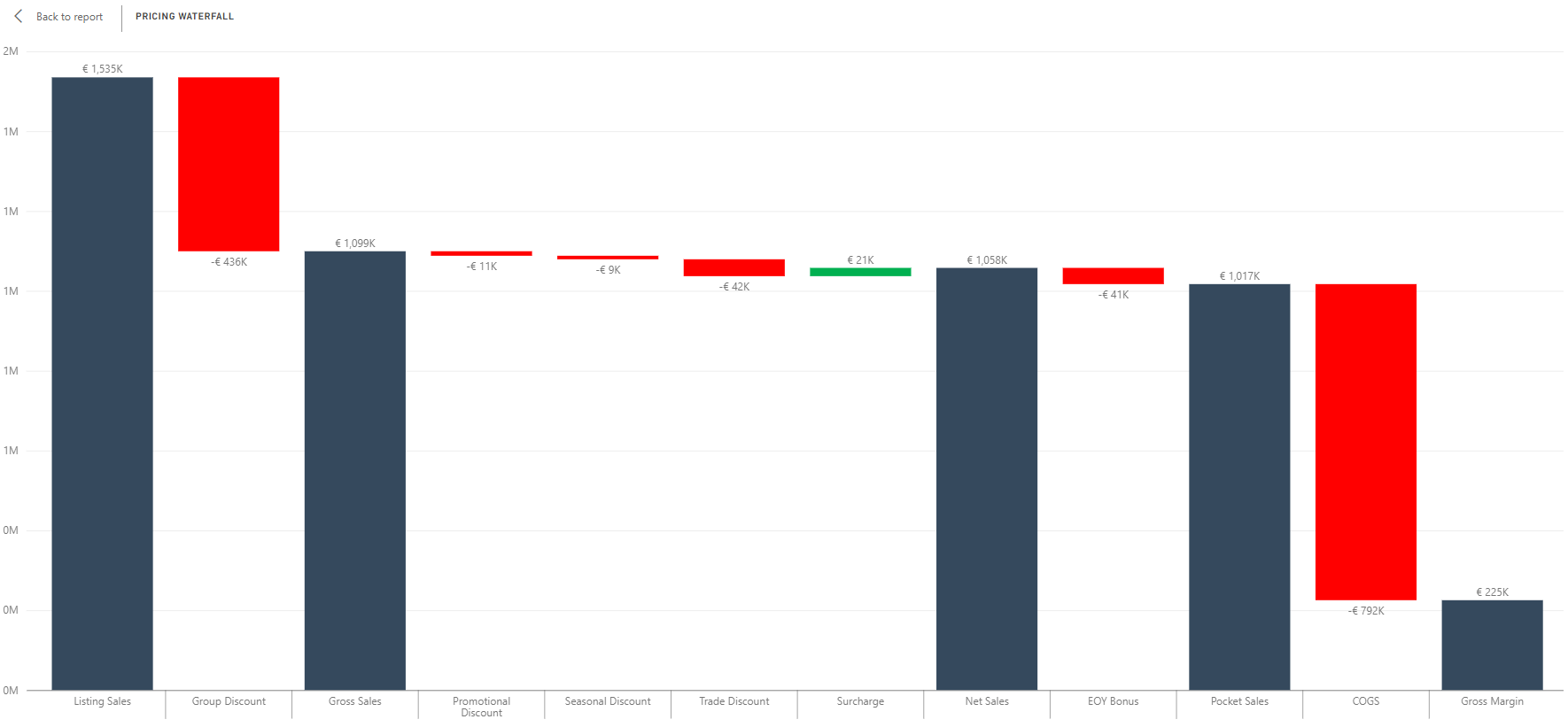Understanding the dynamics of a pricing waterfall is comparable to unlocking the secrets of effective revenue management. A pricing waterfall is not just a series of numbers; it’s a strategic cascade that can make or break a business. In this article, we’ll dive deep into the concept of a pricing waterfall, unraveling its layers and providing insights on how businesses can master this essential aspect of pricing optimization.
The Cascade of Pricing
At its core, a pricing waterfall is a visual representation of the sequential steps and factors that influence the final price of a product or service. Imagine it as a journey, starting from the highest point and flowing down through various stages until it reaches the final destination—the customer. These stages often include elements like discounts, rebates, surcharges & production costs. Each stage has its own impact on the overall pricing structure, and understanding this flow is crucial for businesses aiming to strike the right balance between profitability and competitiveness.


Decoding the Factors that Shape a Pricing Waterfall
One of the fundamental aspects of comprehending a pricing waterfall is recognizing the interplay of internal and external factors. Internal factors, such as discounts, production costs, and desired profit margins, shape the baseline for pricing. On the other hand, external factors like market conditions, competitor pricing strategies, and customer perception influence how the pricing journey unfolds. Businesses must carefully analyze both sets of factors to create a pricing waterfall that not only covers costs but also aligns with market expectations and competitive landscapes.
